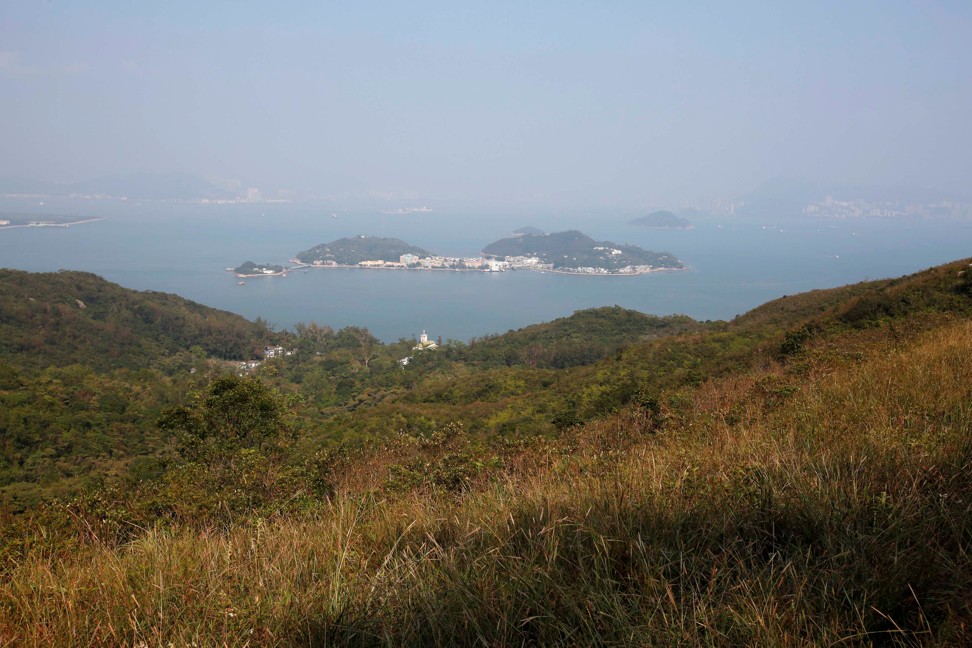
What to do on Hong Kong’s outlying islands – hiking, camping, seafood – a great stress relief
- Enjoy Lamma’s seafood restaurants and pubs, Po Toi’s hiking trails, the rugged beauty of Ping Chau and lots more
- Hong Kong has 263 islands and many of them can be easily visited via boat from the Central ferry piers

Hong Kong can be a stressful city at the best of times – and the current political upheaval has only added more tension.
But you can feel some of it melt away as soon as you approach Central district’s ferry piers, where boats make regular journeys to Hong Kong’s outlying islands. Ask someone who lives on one of the islands about their daily ferry commute and they turn rhapsodic.
“The commute is one of the most glorious experiences I’ve ever had in Hong Kong,” says Daisann McLane, who runs walking tour company Little Adventures in Hong Kong.
After more than a decade in Central, McLane recently decamped for Peng Chau, a tiny horseshoe-shaped island where the days seem longer and the neighbours friendlier. Every day, the journey home becomes a chance to unwind and decompress.

“The ferries all have open areas in the back, and that is where you want to sit,” she says. “I’ve become an avid ship-spotter, noticing the comings and goings of the various container vessels and their ports of call. As the ferry approaches Peng Chau, I always think about this – these waters, and the view, are one of the last unspoilt vistas in the entire city. You are seeing, more or less, what the British sea captains saw in 1850, what the pirates saw in 1800, and what the boat dwellers [the indigenous Tanka people] looked out at in 1750.”
There are 263 islands in Hong Kong. Like Peng Chau, some of these are home to settlements that stretch back centuries, to the days when Hong Kong was a haven for pirates and smugglers. Others are sparsely populated, like Po Toi, Tap Mun and Ping Chau: rare enclaves of peace, quiet and biodiversity within sight of a heaving metropolis.

“The islands offer amazing venues for long hikes, camping on the tops of mountains and near beaches, and gorging on seafood feasts,” says Ryan Ho Kilpatrick, a Hong Kong-born writer, maritime archaeologist and island enthusiast.
The first challenge is to pick a destination. Lamma Island is an easy choice because of its proximity to both Central and Aberdeen, as well as its abundance of seafood restaurants, pubs and cafes. Po Toi is a less common option, prized for its rugged hiking trails and beachside seafood restaurant.
Tap Mun is a boisterous destination if you happen to hit its once-a-decade Taoist festival; otherwise it is good for camping, thanks to eastward views over the sea that make for spectacular sunrises.
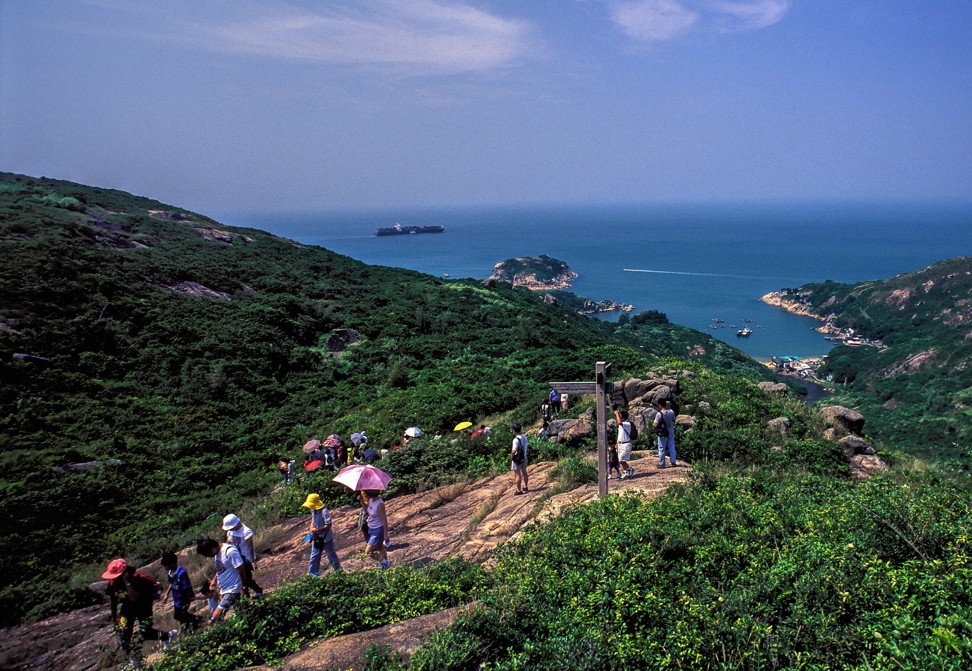
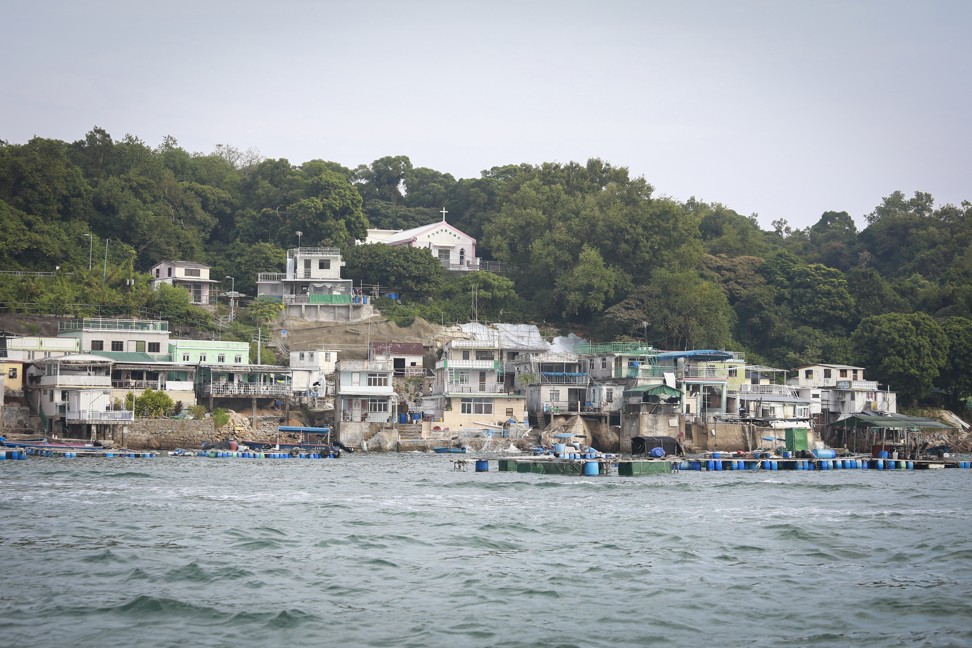
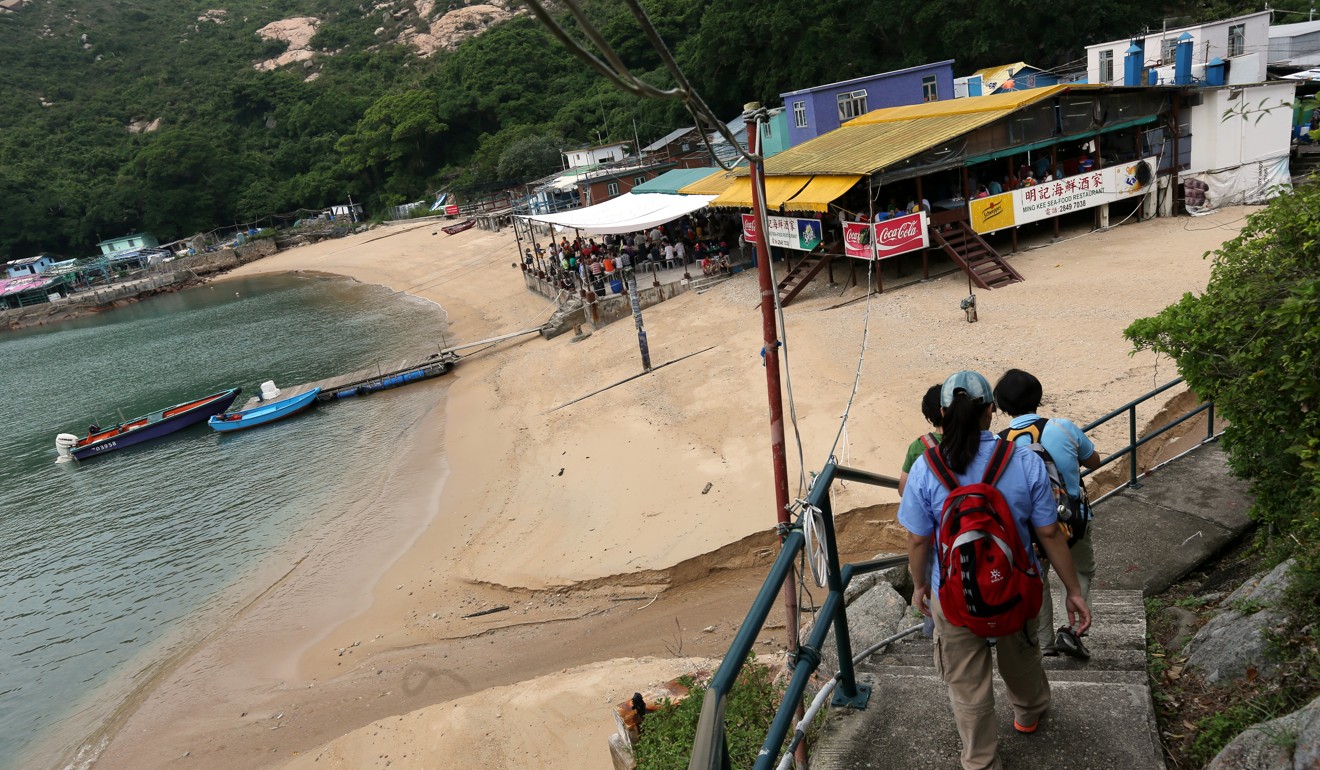
Cheung Chau is the most city-like of the islands, with a densely populated town centre where seafood restaurants throng the Praya – a waterfront promenade – and cyclists weave between pedestrians on narrow backstreets. Around the turn of the 19th century, this was a port of call for the notorious pirate Cheung Po, who is said to have hidden treasure in a cave that now bears his name.
You will not find any loot, but it’s a good excuse to check out the highlands on the south half of the island, which are threaded by hiking trails that are easy enough for a relaxed afternoon walk. Pack your bathing suit, too – Kwun Yam Beach is one of the city’s nicest and most tranquil public beaches, where the Hing Kee Beach Store, run by the same family since 1947, rents paddle boards and serves local craft beer.
Once you are on Cheung Chau, you can catch the Inter-Islands Ferry that connects it to Peng Chau and two ports on Lantau, Hong Kong’s largest island. With 147 square kilometres (57 square miles) of land, Lantau is in a league of its own, and its fast-developing north shore is well within the grip of Hong Kong’s urban tentacles. But there are still plenty of opportunities for escape on the less built-up south shore.
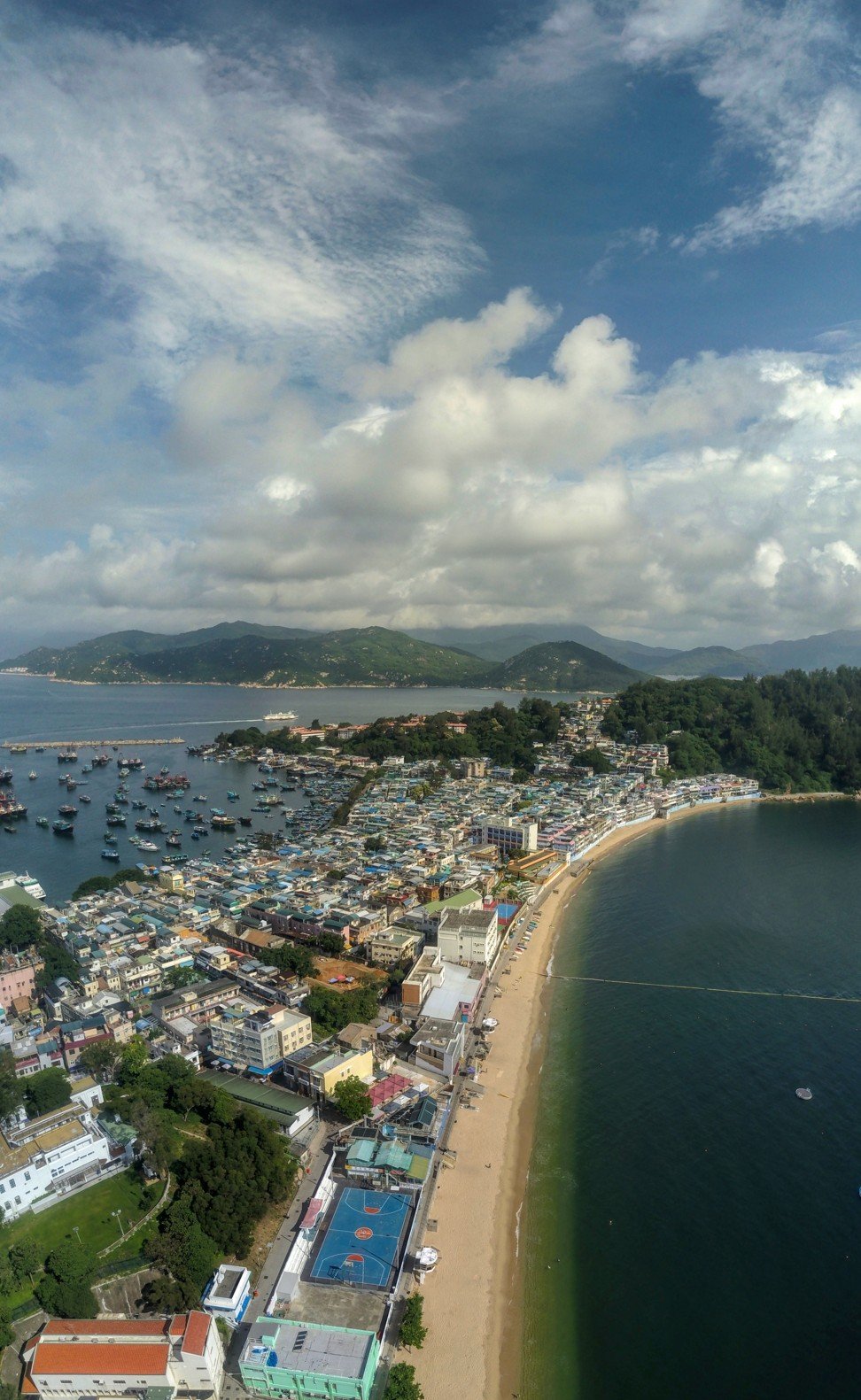

It is worth planning your Lantau journey around a hike, since the spiny ridges of central Lantau offer some of the city’s most spectacular trails. Walk south from Sunset Peak and you’ll be rewarded by a plunge in the ocean at Pui O or Cheung Sha, the latter of which is home to the longest unbroken stretch of sand in Hong Kong. Conveniently, both places are full of spots to eat and drink in full view of the water.
Walk east and you’ll hit Tai O, a centuries-old fishing town. Here, many houses are built on stilts above the water and the streets are lined by barrels of crustaceans fermenting to make shrimp paste. It’s also home to the Tai O Heritage Hotel, a boutique getaway that occupies a former police station built in 1902. Cicadas buzz on the thickly forested hillside around the hotel; the sea view from its verandas feels very far from the city indeed.

It is possible to go even further. Ping Chau is Hong Kong’s most remote island, located an hour-and-a-half ferry ride from Sha Tin. It’s closer to Shenzhen’s Dapeng Peninsula than it is to any part of Hong Kong. It is geologically unique in Hong Kong, because it is made of siltstone rather than volcanic rock. The rough waters of Mirs Bay have worn away at the island, creating mesmerising wave-cut platforms along the shore.
Although it was once home to a thousand people who fished, farmed peanuts and maintained two temples dedicated to Tin Hau and Tam Kung, Ping Chau is now effectively abandoned, with only part-time residents that return on weekends to provide services to visitors.
That has made it one of Hong Kong’s most biodiverse places, but it is also vulnerable to environmental damage.
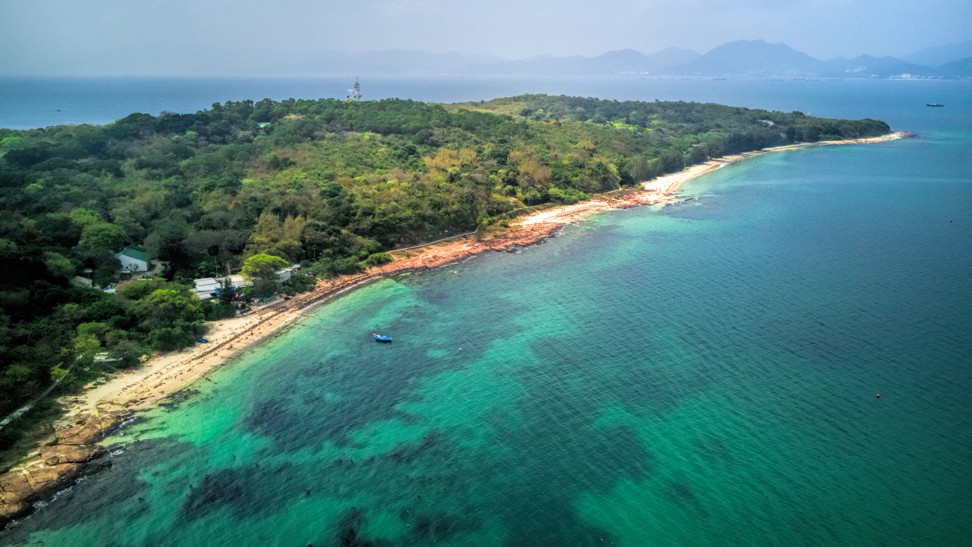
But even that provides an opportunity to visitors.
“One of my favourite things to do on Hong Kong’s outlying islands is a regular underwater clean-up on Ping Chau,” says Kilpatrick. “Once a month we travel to the remote island and, with the help of a local dive shop, dive underwater to retrieve kilograms of marine refuse.”
He is eager to remind daytrippers to be responsible guests on the islands.
“Be sure to collect and dispose of all your rubbish – if you can bring it back to the city yourself [it would be good as] such islands often lack the infrastructure and capacity to deal with visitor surges,” he says.
Whether you’re going for a barbecue, hike or beach day, you can also help the island economy by patronising local shops rather than stocking up at chain supermarkets, he says.

It is worth it just to keep the islands as bucolic as they are. Even after a lifetime in Hong Kong, Kilpatrick is still amazed by the experience of journeying to one of its many maritime outposts.
“For city dwellers it can feel like leaving Hong Kong itself – but of course Po Toi is just as much Hong Kong as Causeway Bay,” he says. “These opportunities to escape to a different world without leaving Hong Kong is one of the things that make it such a special place.”